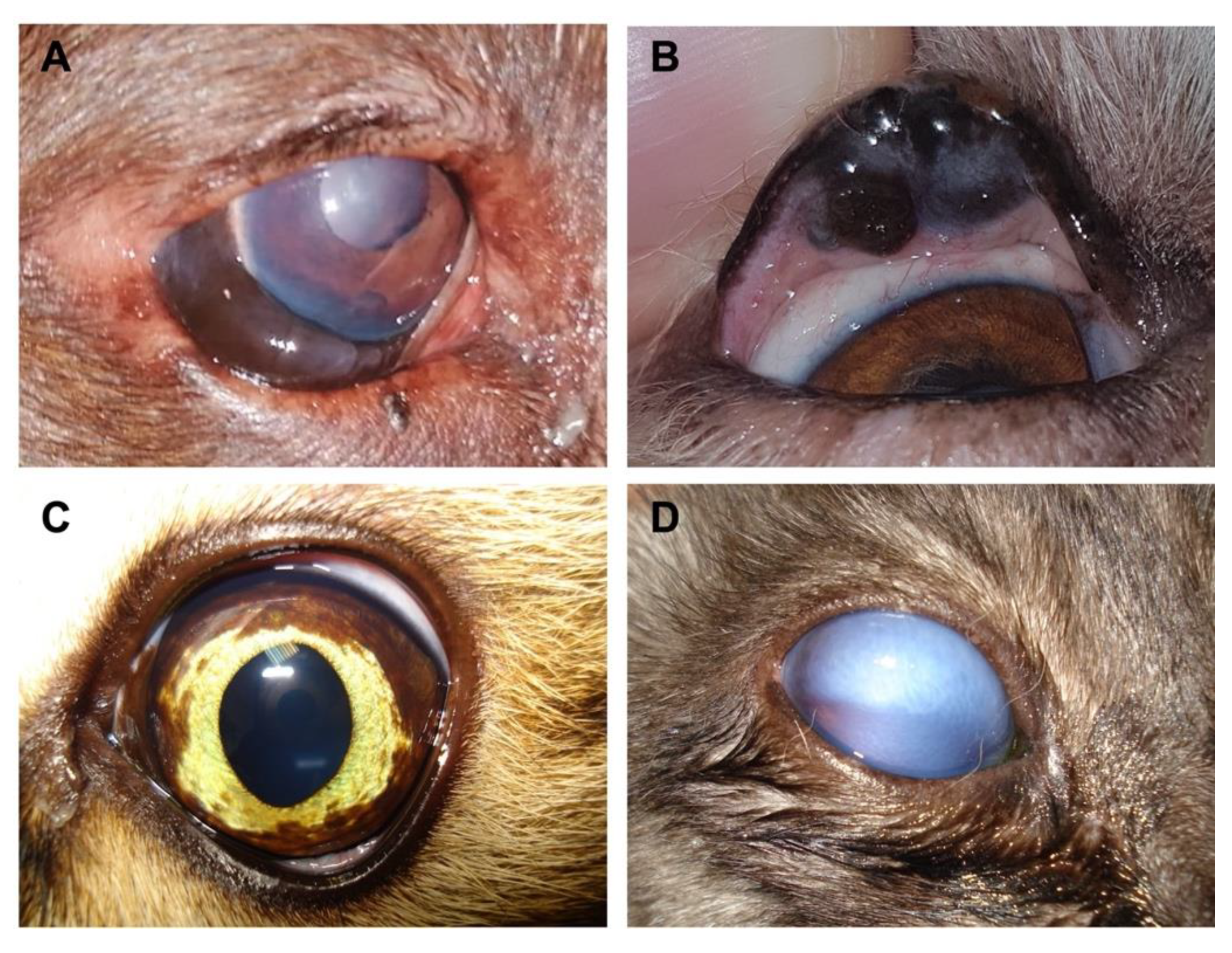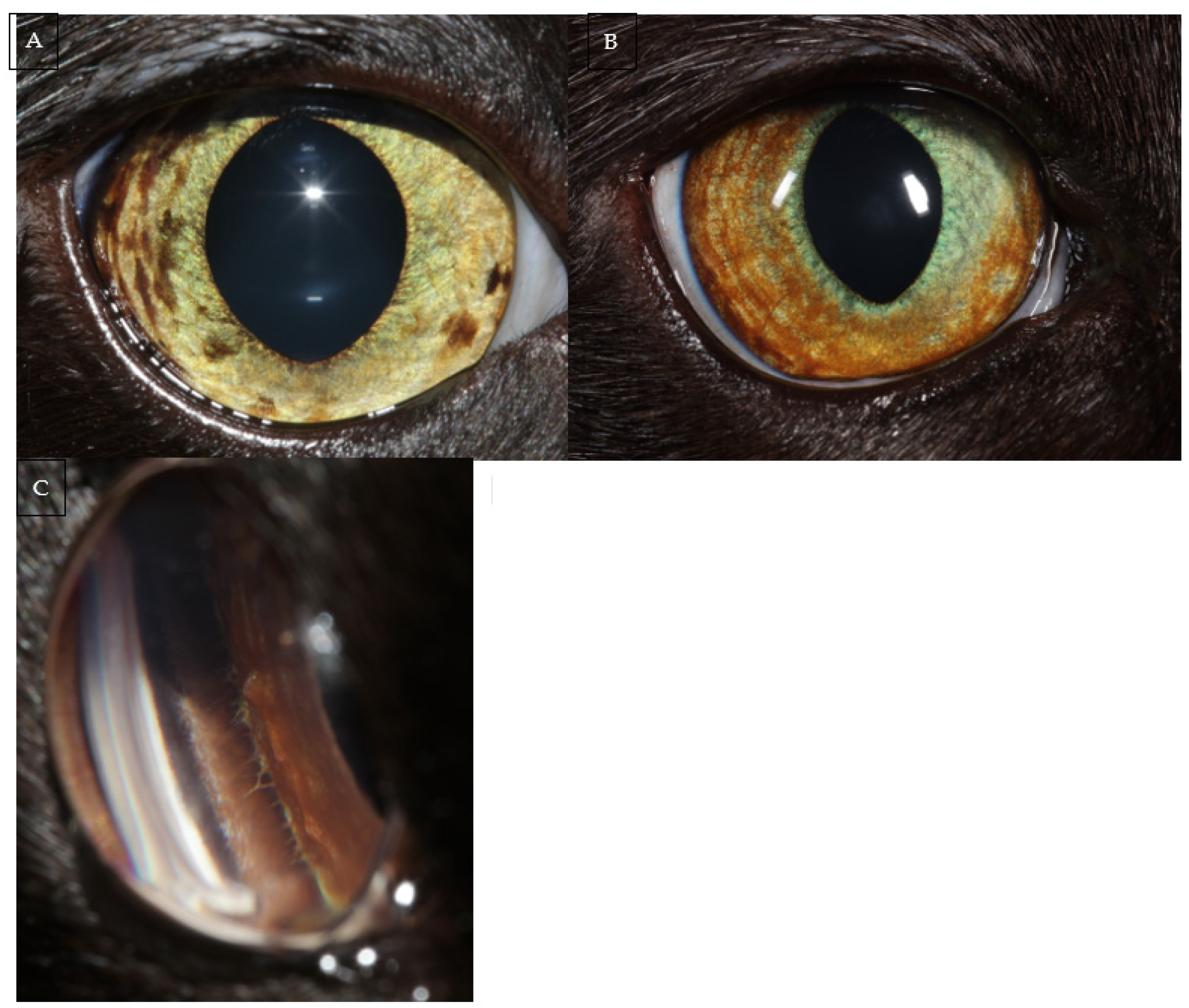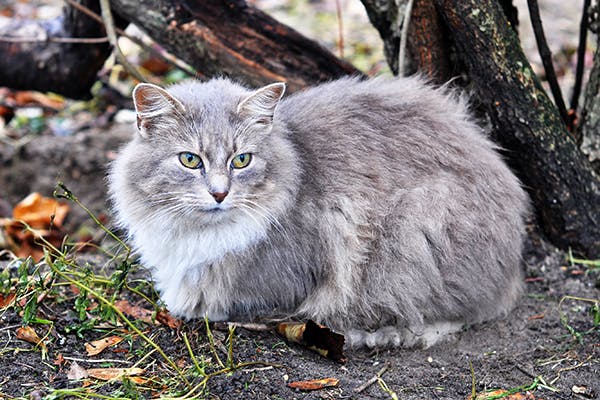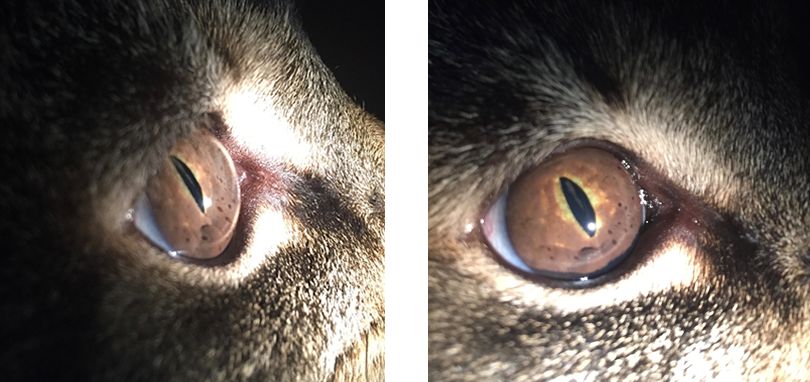cutaneous melanoma in cats
With limbal melanoma you may see a raised distinct. They are uncommon in cats and may be either malignant called malignant.

Bioengineering Free Full Text Current Therapeutics And Future Perspectives To Ocular Melanocytic Neoplasms In Dogs And Cats Html
Ocular Primary mass may obscure vision or cause secondary glaucoma uveitis.

. They can range in size and be pigmented black or non-pigmented. Uveal and cutaneous melanomas have been experi- mentally produced in the cat by injection of the Gard- ner strain of feline fibrosarcoma virus. These tumors are also extremely aggressive.
It is seen more commonly. In cats melanomas are found most often on the head especially ears and eyes neck and lower legs. Melanomas comprise less than 08 to 27 of all feline tumours.
Symptoms of Malignant Melanoma in Cats Melanoma refers to the pigment melanin produced by certain cells in the body. Postmortem examination was performed. Ten of 16 cats 625 with intraocular melanomas were killed because of the tumor at a mean of 156 days.
Melanocytic tumors are benign or cancerous growths arising from melanocytes pigment-producing skin cells and melanoblasts melanin-producing cells that develop or. Mean age 10-12 years. A melanoma is a skin tumor that develops from melanocytes the cells that create skin pigment or color.
Head and especially ocular and eyelids. The mean time of. 1 of oral tumours and less than 05 of skin tumours are melanomas.
All melanomas occurred in domestic shorthaircats of ages 3-19 years mean 115 years. Cutaneous Primary mass may not cause a problem unless very large. Desmoplastic melanoma DM is a rare subtype of cutaneous melanoma in which the melanoma cells are surrounded by fibrous tissue.
Skin cancer can cause irritation which means that your cat might scratch or chew on the lump to relieve that irritation. Melanoma is a moderately common locally invasive and frequently malignant cancer in domestic dogs and cats. 1831 In contrast to its rarity in the cat.
Luckily malignant melanomas are relatively rare in cats 1. Cancer of the lymphocytes is known as lymphoma. The clinical and histopathological findings of cutaneous malignant melanoma was reported in a sixteen year-old cat in Turkey which is the first report of Cutaneous malign melanoma in a cat.
There is no known cause of malignant melanoma. The other type of benign fibroblastic tumor is. The epidermis or skin consists of several layers.
One of these kinds of tumors is called collagenous nevi which occur when collage builds up and creates a mass in your cats skin. Cutaneous malignant melanomas in cats both melanotic and amelanotic were diagnosed in 57 of 1530 skin tumors during the period 1991-1995. Melanomas of the skin may develop anywhere on the body.
The combination of the two is a condition called cutaneous lymphoma. This form of melanoma is not typically bothersome. The outer layer is made up of scale like cells called the squamous epithelium.
They tend to develop on highly pigmented parts of the skin. They can metastasize or spread to other areas of the body. Cutaneous Squamous Cell Carcinoma in Cats.
Watch to see if your cat scratches or chews at the lump. DM most commonly develops on the sun. In a melanoma tumor these pigment cells grow out of control and.
Four are living with no evidence of disease average 255 days. While a good fur coat generally protects our pets from sun-induced malignant melanoma a melanoma diagnosis is still just as serious and potentially deadly in our pets as it is for people. Eyelid and ocular surface - majority.
Ocular and oral melanomas tend to be more malignant than skin melanomas. Malignant melanoma is a tumor arising from melanocytes which are the cells that produce pigment. Although melanomas are quite rare in cats they can still be a cause for worry because they tend to be very invasive recurring even after surgical removal.
The average age of cats affected with feline diffuse iris melanoma FDIM is 94 years 1 with a reported range from 2 to 231 years 2 3 4 5 6. Vet bills can sneak up on you. Feline melanoma can be induced experimentally with FeSV but unlikely to be involved naturally.
We see it less commonly in cats than dogs but it still has a. Cats usually develop diffuse iris melanoma when they are middle-aged to older with an average age of 10 years at the time of diagnosis.

Veterinary Sciences Free Full Text Feline Uveal Melanoma Review Our Current Understanding And Recent Research Advances Html

The Diagnosis Of Malignant Melanoma In My Cat

Malignant Melanoma In Cats Symptoms Causes Diagnosis Treatment Recovery Management Cost

Metastatic Cutaneous Malignant Melanoma In A Cat A Primary Cutaneous Download Scientific Diagram

Cancers Tumors In Cats Hill S Pet

Iris Melanosis Vs Iris Melanoma The Cat Hospital Of Media

Brown Spots Iris Melanosis In Cat S Eye Cat World

Melanoma In Cats Types Stages And Treatment Firstvet

The Diagnosis Of Malignant Melanoma In My Cat

Uveal Melanoma Feline Animal Eye Clinic

Uveal Melanoma In A Cat Arrow Indicates A Diffuse Iris Melanoma The Download Scientific Diagram

Cat Skin Cancer Types Causes Treatment Purina

Clinical Approaches To Common Ocular Tumors Today S Veterinary Practice

Diffuse Iris Melanoma In Cats Veterinary Vision Center

Cat 6 Squamous Cell Carcinoma On Nose Stage T2 One Ect Session Download Scientific Diagram

Iris Melanosis Vs Iris Melanoma The Cat Hospital Of Media


